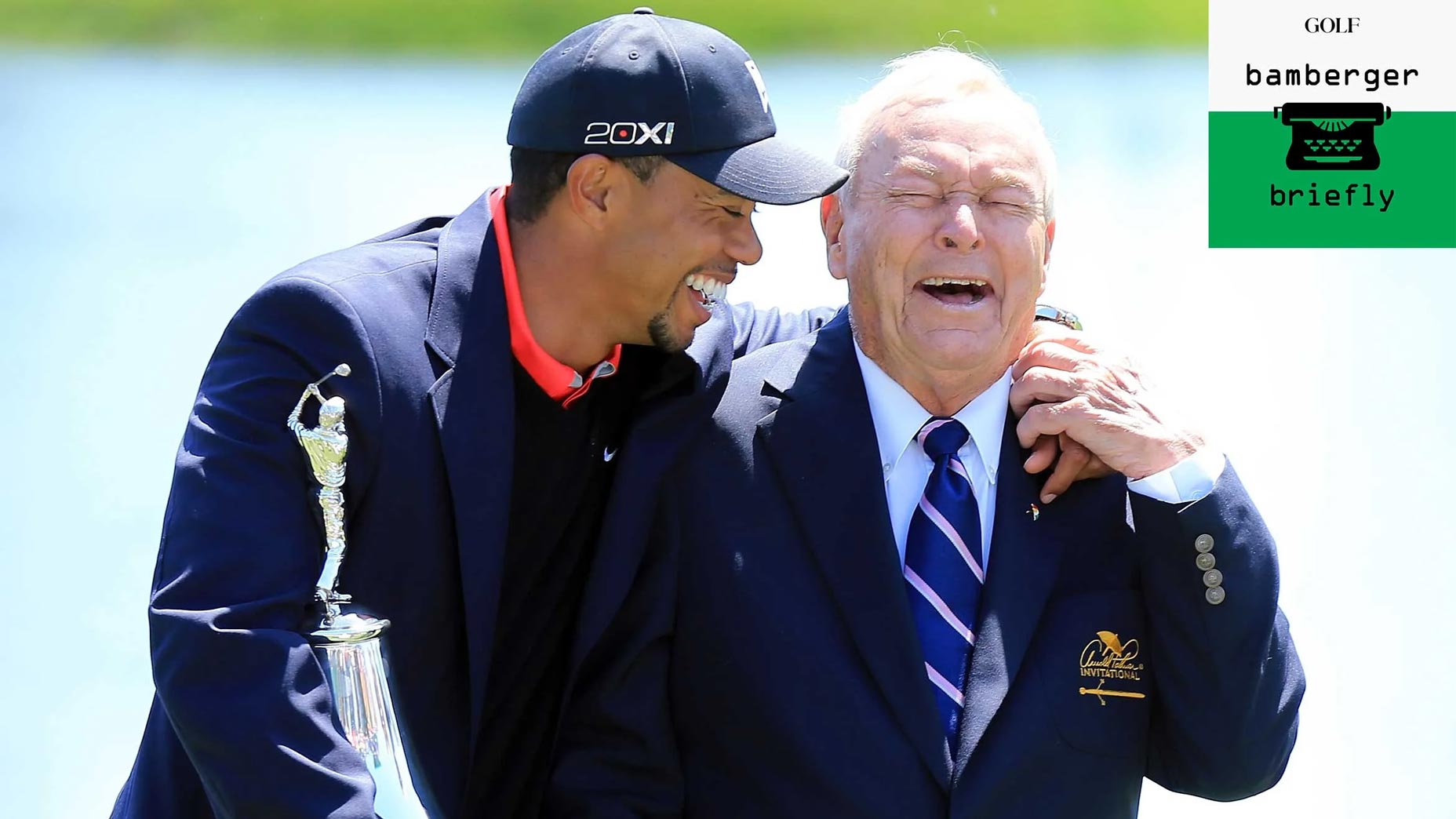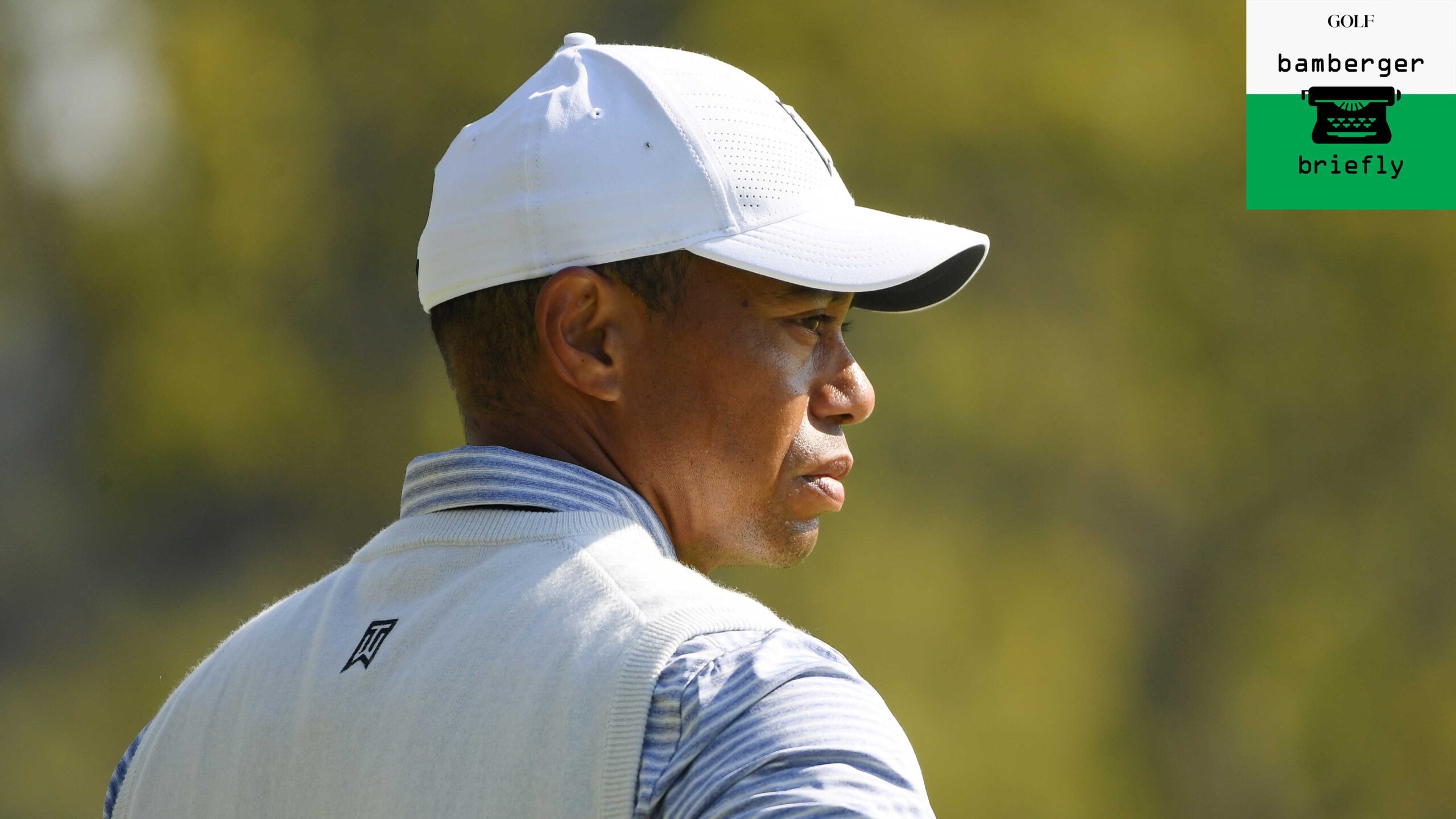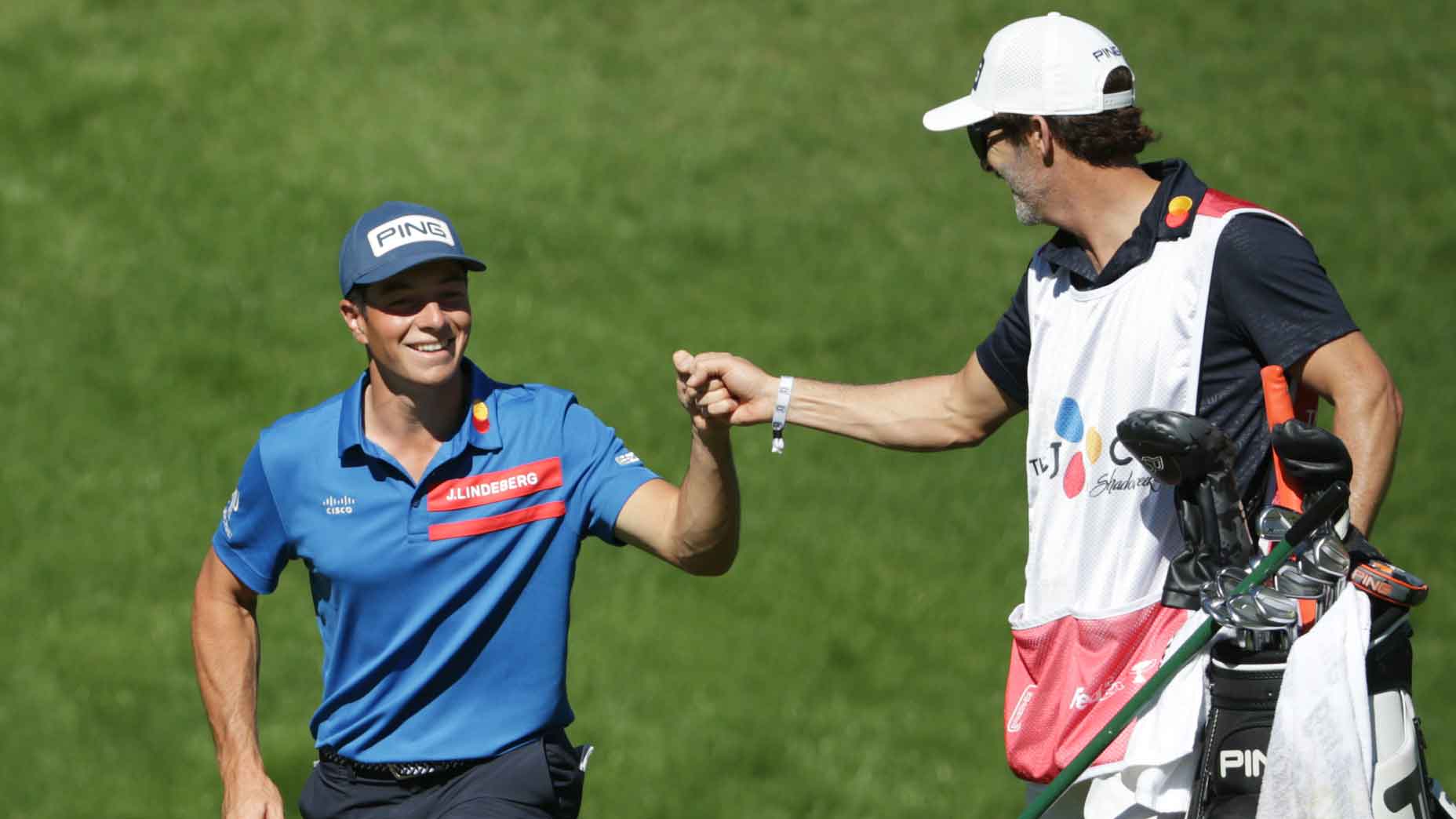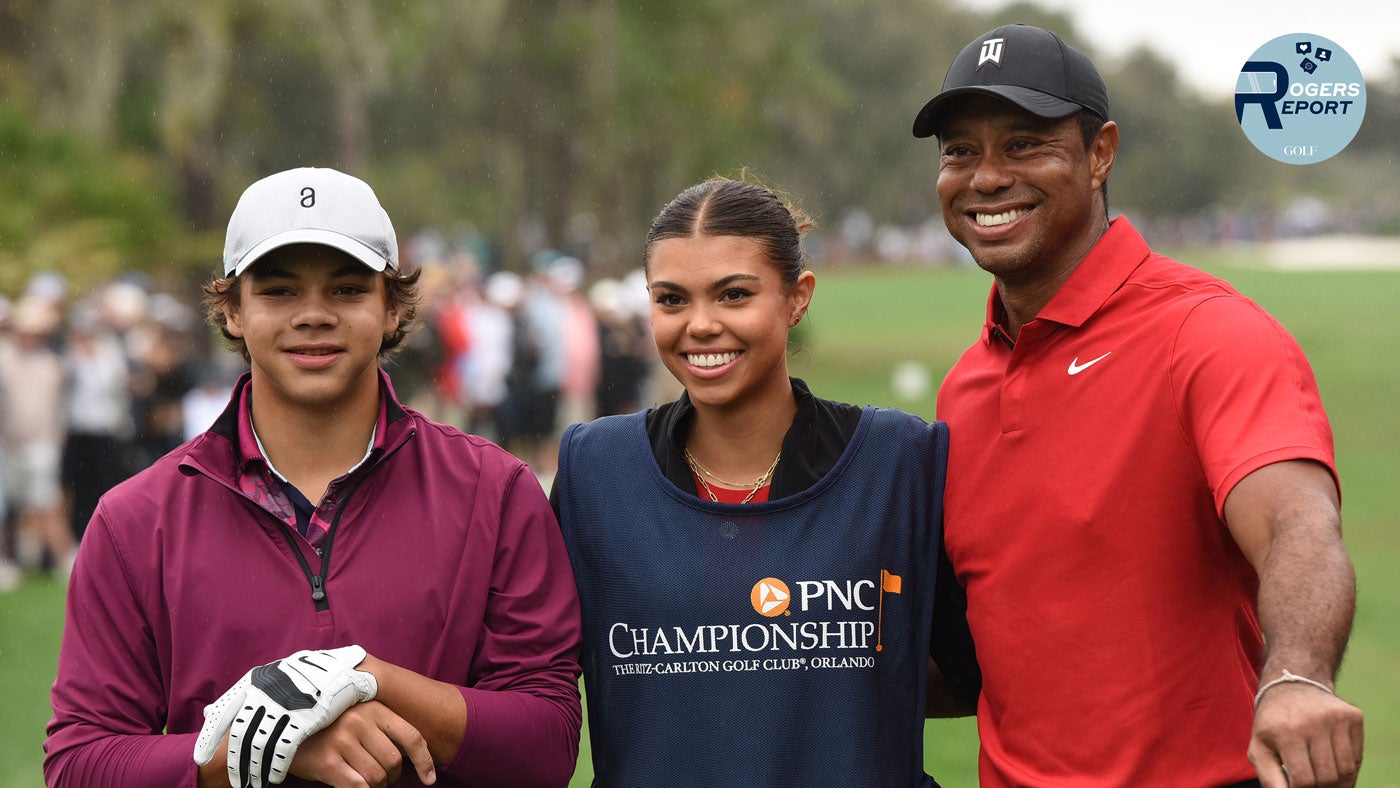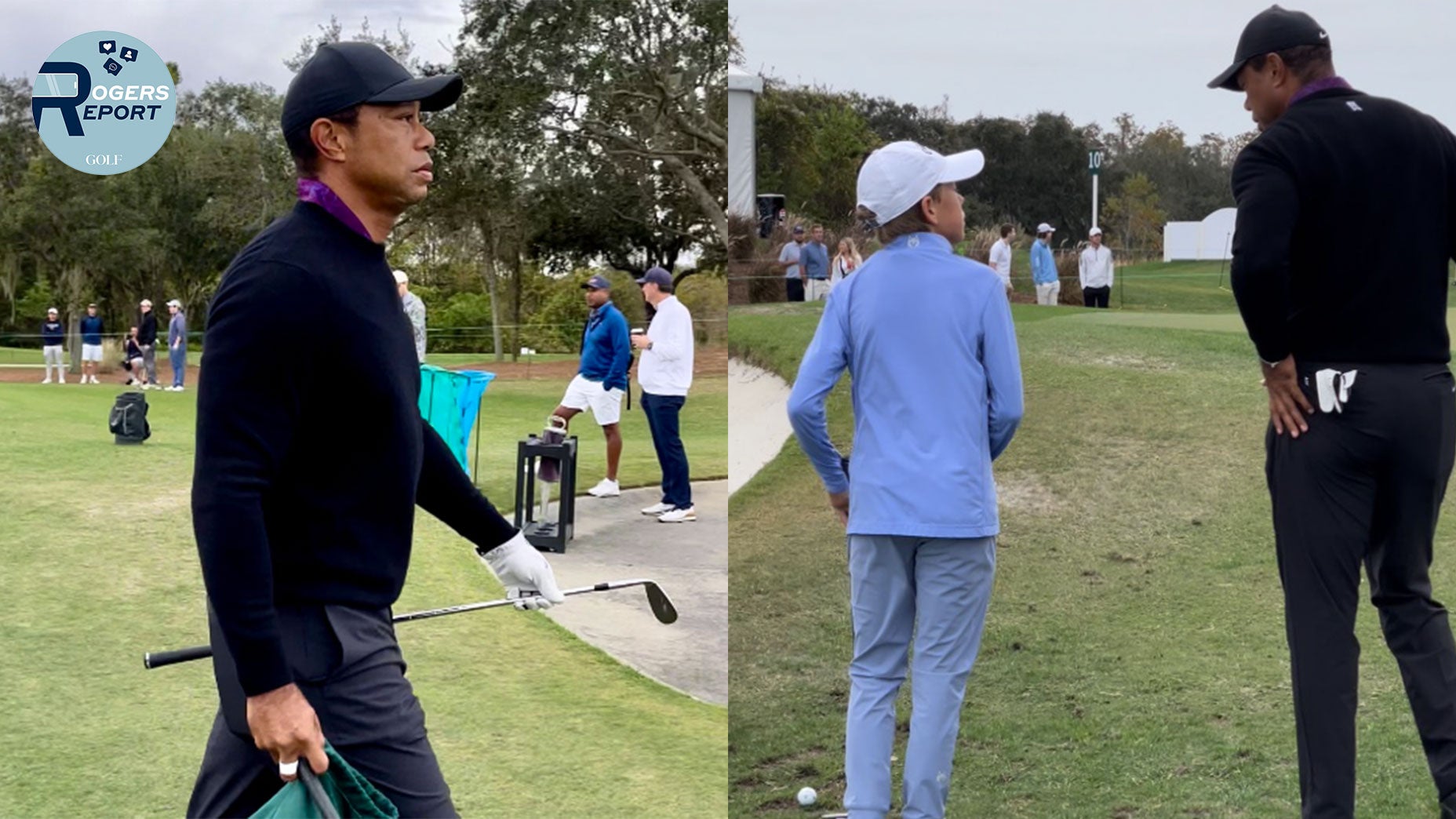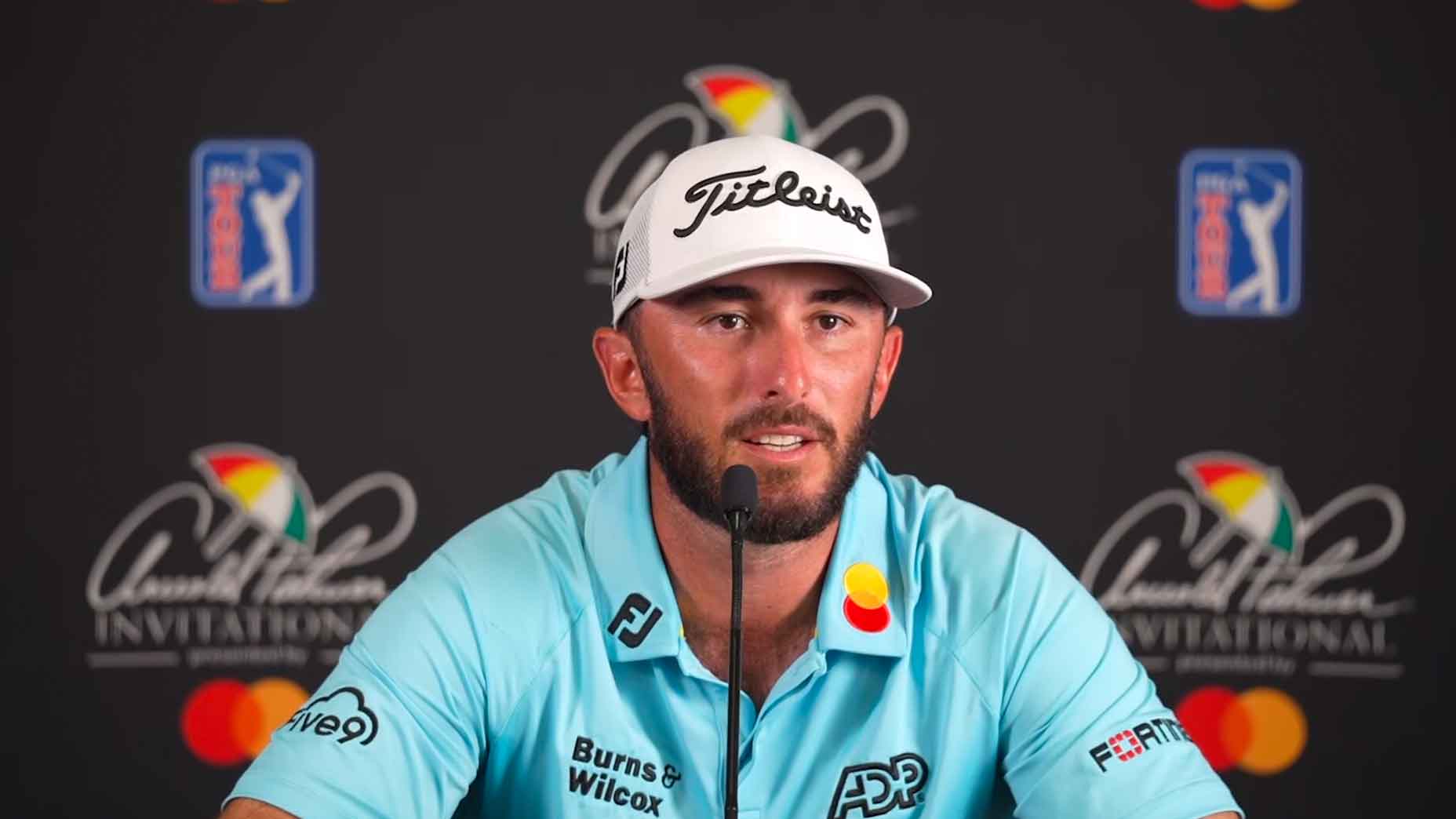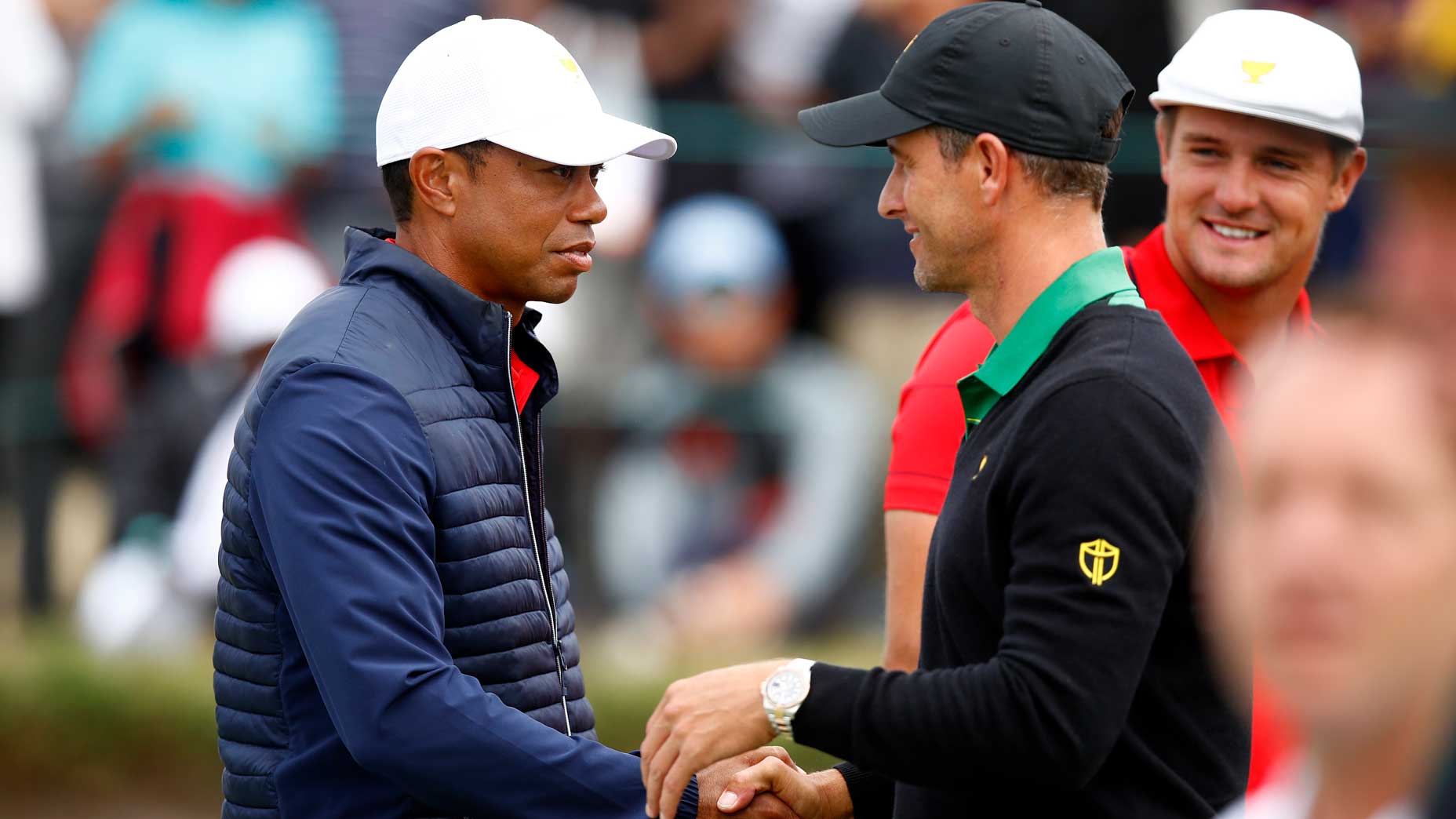ORLANDO — It’s weird, being here at Bay Hill without the two people you most associate with the place. Arnold, who founded the club in his image. And Tiger, who won here eight times because he knew how to keep his ball dry and hit his irons hole high. Also, in his prime, likely the best fast-green putter the game has ever known. By 15 lengths. Arnold was a good putter, too. People forget that.
Arnold died in 2016, in September, a half-year after his final API. He’s buried at the Latrobe Country Club, in western Pennsylvania, where he learned to be Arnold Palmer. Tiger won his eighth Bay Hill Club and Lodge navy blazer in 2013, and in victory he nonchalantly draped his hand over Arnold’s shoulder, cracking up about something Arnold never shared. His longtime aide-de-camp, Doc Giffin, once asked Arnold what Tiger had said. Doc never found out.
Tiger, as far as we know, is in a hospital room in Los Angeles, 2,200 miles from here, recuperating from surgery after a complex leg fracture following an early-morning car crash last week. For years, early in his career, Tiger lived in a gated development five miles from here called Isleworth, where Arnold designed the course. But Bay Hill was more Arnold’s style. There was nothing gated about it, and if you came here, tournament week or any other time, you were likely to see Arnold, hitting balls, walking his dog, eating lunch, taking in the people and the sights.
In wake of Tiger Woods’ accident come host of new questions about his futureBy: Michael Bamberger
The No Laying Up people have a commune in Jacksonville Beach and in that crash pad is the most spectacular photo of Arnold, walking his dog among the Bay Hill condos, wearing a T-shirt, looking haggard. Arnold and Tiger are the two most famous people golf ever produced. They could not have been more different. They both have left an indelible mark on the game.
Bay Hill’s driving range, putting green and practice bunkers were crowded on Tuesday afternoon. Players, caddies, coaches. (Almost nobody was wearing a mask.) If you wanted to see social distancing in action, you went to the course, where there were few players, most of whom were playing along.
Kevin Na, with his caddie Kenny Harms, came up 18. When he was on the green, I asked Kevin what he remembered about the putt Tiger made in 2008 to win by a shot on Sunday and the putt he made in 2009 to win by a shot on Sunday. What he did next was uncanny.
“The one year, he putted it from here,” Na said, “made the putt, started walking off the green and threw that hat down.” The day was muggy. Storm clouds were gathering.
Na’s here was hole-high, about 25 feet left of the hole, with Arnold off the green, watching. The pin was tucked on the green’s right tongue. That was ’08. Birdie to win, by a shot over . . . answer to follow.

“The other year, he putted it from here,” Na said, positioning himself about 15 feet below the hole, cut in its usual Sunday place. Birdie to win by a shot over . . . answer to follow.
“He made that putt, made a big spin and pumped that fist,” Na said. Like he could see it in his mind’s eye, which he surely could.
Well, that’s the impact legends have. I interviewed Arnold at Bay Hill at least a half-dozen times. I can recall it like it was yesterday how he stood on the range with Suzann Pettersen, the LPGA star, talking about the shaft-weight of their drivers. Arnold was urging her to try something heavier. We all fall back to what we know.
I asked Viktor Hovland what comes to mind, when he thinks of Tiger and Bay Hill. “He’s won this tournament so many times, and in a very similar fashion — it’s hard to separate which year he did what.”
So true! Na knew what Tiger had done, but not necessarily the years he did it.
“Which year did Tiger win and throw his hat? Which year he did he win and fist pump?” He was following Na, exactly. He threw the hat in ’08, and did the round-house fist-pump in ’09.
How well do Viktor Hovland and his caddie *really* know one another? We found outBy: Jessica Marksbury
“A lot of iconic moments out here,” Hovland said. “I certainly watched some of them when I was growing up.” Young Viktor and tens of millions of others.
I asked Hovland if he knew anybody who knew Arnold well.
“I have not really talked to very many people that were really close to Arnold,” he said. “I remember when I was here two years ago I got to talk to Arnold’s old agent and got to know him a little bit. And he kind of gave me a little tour of some of the history around the place and kind of what he used to do and all that stuff. So that was very interesting to learn.”
Older man? I asked. About 90? Quite formal? Likely wearing a sport coat?
“Yes, yes,” Hovland said. “One-hundred percent on.”
The aforementioned Doc. Doc Giffin. The press tent here is named for him.
Doc is a walking record book, though he has all the actual record books, too.
Bart Bryant, ’08. Sean O’Hair, ’09.
Michael Bamberger welcomes your comments at Michael.Bamberger@Golf.com.
